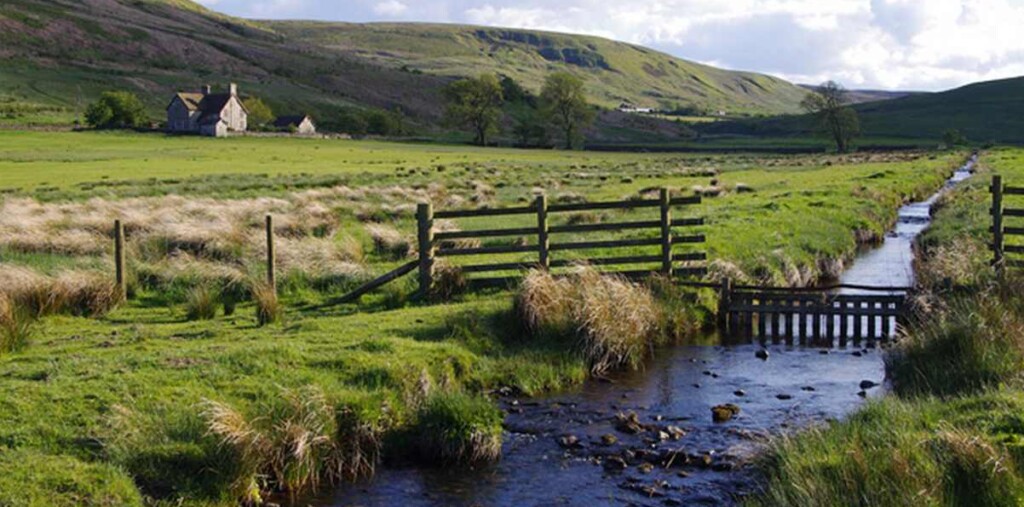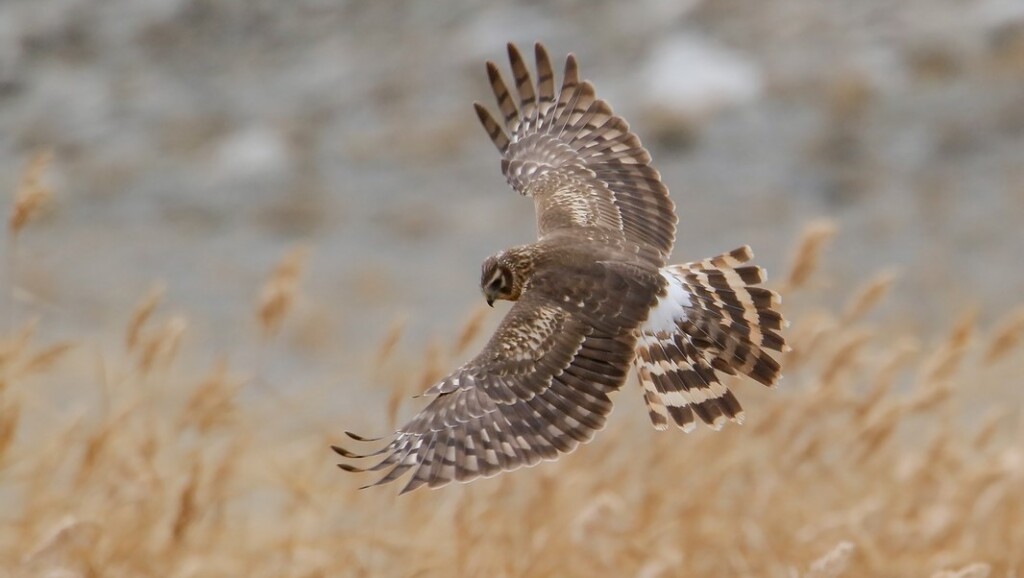England’s Largest Bird Sanctuary Grows by 30%: ‘It’s incredible, the place just swarms with birdlife’

The British equivalent of the Audubon Society has just announced that what was already England’s largest bird reserve will be increased by 33% after a recent land purchase.
Described as a place that “swarms” with life, the Geltsdale Reserve in the North Pennines range of Cumbria, northern England, will now cover 13,590 acres of moorland, meadows, blanket bog, and woodland.
Owned and operated by the Royal Society for the Protection of Birds (RSPB), Geltsdale is one of the last places in Britain where one can see the hen harrier in its natural habitat. Birds of every description and conservation status inhabit the reserve, and it’s also a UNESCO Geopark for its unique geological formations.
“This is going to be a reserve on a different scale from many of our other sites in England,” said Beccy Speight, the RSPB’s chief executive.
“We are going to achieve an abundance of species and a size that will be unmatched for bird reserves elsewhere. It is going to demonstrate what is possible when it comes to rewilding and protecting birds.”

For birdwatchers reading, Geltsdale abounds in black grouse, redshank, nightjar, snipe, whinchat, curlews, ospreys, short-eared owls, and lapwings, dispersed across a vertical rise of 650 meters from an achingly green valley bottom up stately moorland and pasture at an elevation similar to the lower-peaks of the Appalachian range.
“Geltsdale is now the biggest in England,” said Speight. “And that size makes such a difference. When you walk through the reserve during breeding season, it is incredible. The place just swarms with birdlife.”
While Geltsdale is by appearance a slice of old-fashioned and natural England, the RSPB says it has some hi-tech solutions in mind for tackling conservation challenges like vagrant livestock grazing.
GOOD NEWS FOR ENGLAND: UK Aims for ‘Moonshot’ Goal of Restoring Nature Across Area the Size of Greater London
Speaking with the Guardian, Dave Morris, the RSPB’s area operations manager for Cumbria and Northeast England, said that the society will work with local ranchers whose properties overlap with the reserve to implement a GPS-monitored ‘invisible’ fencing system.
Because traditional wooden fencing is actually a hazard for low-flying birds like black grouse, cattle and calves will be fitted with collars that emit a high-pitched tone if the animal comes too near a boundary line.
GOOD NEWS FOR BIRDS: Asia’s Extraordinary Jumping Bird Now Thriving in Captivity–a Hopeful Halt to Population Slide
The closer the animal comes, the louder the tone will grow until eventually, the cattle will receive a low-level electric shock.
Additionally, a lot of age-old practices such as heather burning and moorland draining have been halted to ensure the area can get back to its absolute natural best.
WATCH a mini-doc about RSPB’s work in Geltsdale…
SHARE This Great News For The Birds Of England With Your Friends Who Love Nature…
>read more at © GoodNews
Views: 0